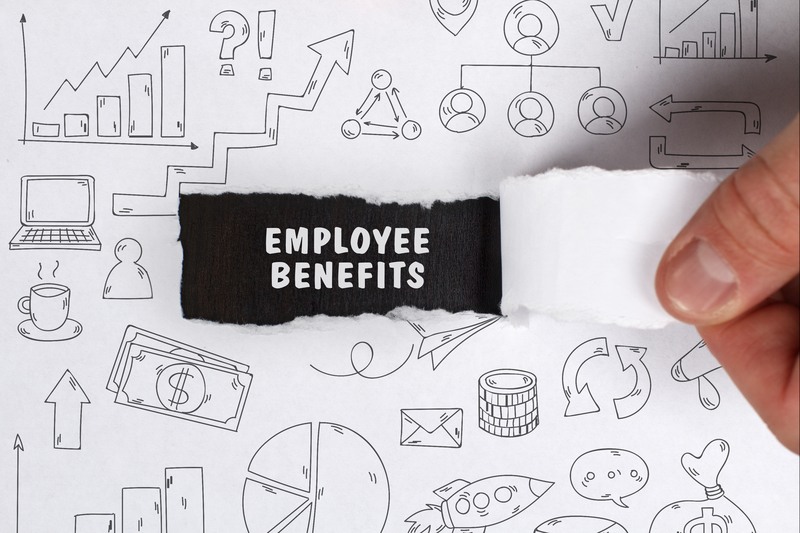For some of us, the pandemic has felt like a version of Groundhog Day. Wake up, work, sleep, repeat.
Maybe learn a new hobby somewhere in between. Phil Connors learned to play the piano.
For others, life couldn’t be more different. Like say, Jack Bauer, it’s a race against the clock to get everything done, including work, child care and Zoom school supervision, within a 24-hour day.
Last fall, we spoke with the Professional Managers Association, which represents supervisors at the IRS. PMA and other organizations representing managers and executives said the pandemic had created two groups of working feds, those with no children or extra care responsibilities and a stack of unused vacation days, and those with child or elder care responsibilities who are juggling their work and home lives.
In this scenario, are you a Phil Connors or a Jack Bauer?
Of course, it’s not always that simple.
But time has become the most sought-after benefit for federal employees over the last year. And by my count, Congress has launched a handful of efforts during the pandemic to add, preserve or clarify paid leave for feds.
Some have been more serious than others.
Paid parental leave was a product of pre-pandemic times, but it kicked in for most feds last October. Congress also passed a long-sought-after fix for the program in January, expanding it to the entire federal workforce after the original law accidentally left out a few groups of employees.
The focus over the summer was on preserving use-or-lose vacation time. The Office of Personnel Management changed a complex regulation allowing essential feds to hang on to use-or-lose leave. The theory, according to OPM, is that some feds were so busy last year — maybe doctors, nurses, scientists, etc. — that work prevented them from taking those use-or-lose vacation days.
Congress eventually allowed more feds to carry over more annual leave than usual into this year, but the process is complicated, to say the least.
And earlier this year, Rep. Carolyn Maloney (D-N.Y.) and others revived an effort to give federal employees paid medical and family leave. The legislation isn’t necessarily a direct response to the pandemic, but it would help, the members said.
A group of House Democrats wrote to OPM at the beginning of the month, asking the agency to give federal employees the option of taking leave to get the COVID-19 vaccine.
Last week, Congress launched a new effort.
Most feds might remember the budget reconciliation process from recent years, when Congress threatened to tap into the federal retirement program to uncover billions of dollars in spending offsets.
Now, House Democrats want to use budget reconciliation to do the opposite. They’re looking to give federal employees up to 15 weeks of paid leave for a variety of pandemic reasons. The price tag is $570 million.
Feds would have to exhaust their paid sick leave first, but the proposal would allow them to tap into this new bank to quarantine, recover from COVID-19, care for a sick family member, care for an older family member who’s isolating during the pandemic and supervise children who are learning virtually from home or whose day care is closed.
Employees could use this leave through Sept. 30.
One reader emailed me to say she hoped Congress approved the leave proposal, in part, because many of her colleagues were struggling to balance work and their children’s Zoom school.
In our own surveys of Federal News Network surveys during the pandemic, some feds and contractors have said they’re trying to stay above water for the same reason.
So what’s next?
The House Oversight and Reform Committee took the first step Friday to advance the emergency federal employee leave fund. From there, it could appear in a broader budget reconciliation package, which House Democrats want as a way to advance President Joe Biden’s COVID-19 relief plan.
From there? It’s anyone’s guess.
Nearly Useless Factoid
By: Alazar Moges
The first fully animated feature film from Disney ever released was Snow White and the Seven Dwarfs in 1937, pioneering a new form of family entertainment.
Source: Walt Disney Animation Studios


Comments are closed.